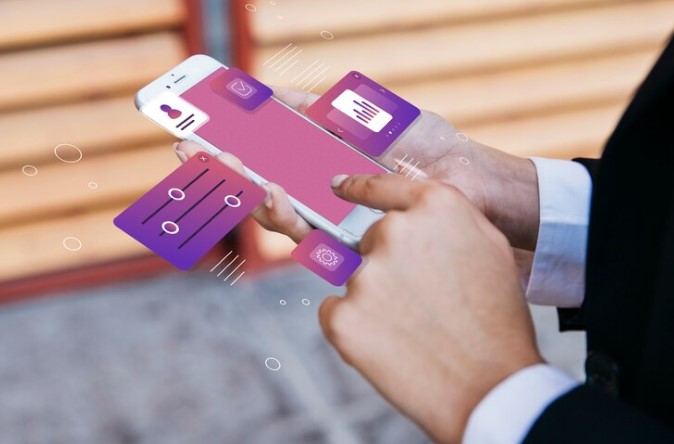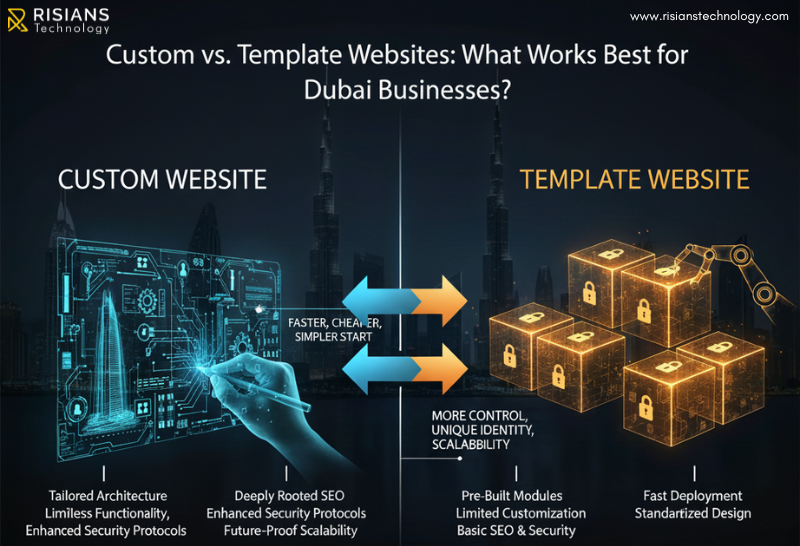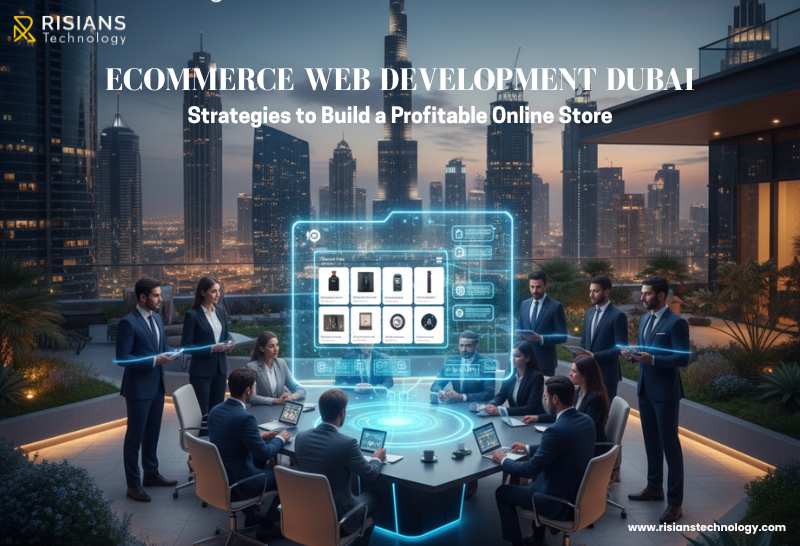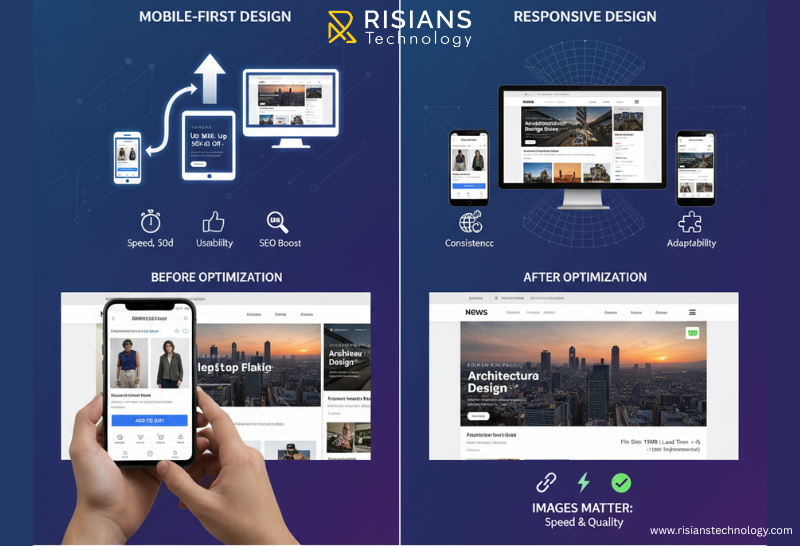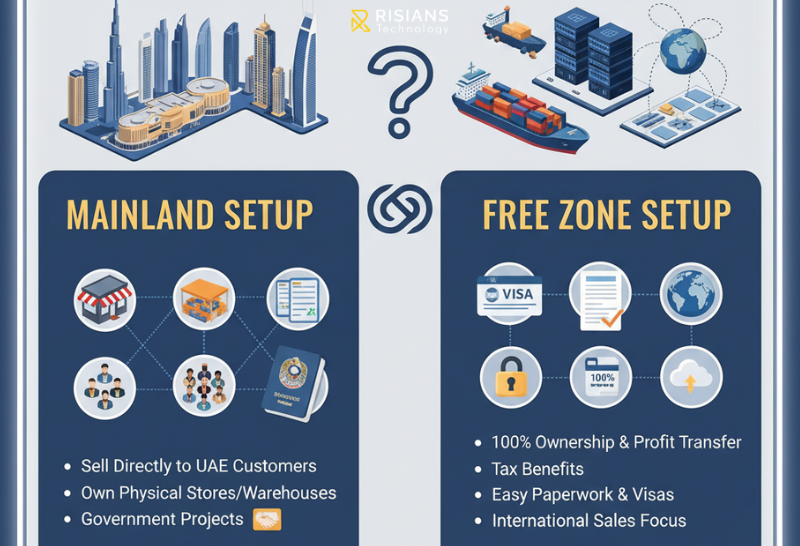Payment Gateway Integration: How to Do It Right
In today's fast-paced digital world, e-commerce is the backbone of many organizations. The ability to promote products and services online has opened up unlimited possibilities for organizations around the world. However, an important part of successful e-commerce is ensuring easy and stable payment processing. This is where charging gate integration comes into play. Getting it right is key to client satisfaction, business growth, and stable transactions. Whether you're implementing an internet saver or looking to upgrade an existing one, the right price gateway integration can beautify your personal experience and energy conversion.
For agencies looking for e-commerce solutions in Dubai, integrating the right fee gateway is especially important due to the metropolis's fast-growing virtual market. In this guide, we can discover the important components of payment gateway integration, and provide insights and best practices to create certain hassle-free, secure, and green pricing systems for your e-commerce business.
What is a payment gateway?
Before diving into the technical aspects of the integration, it is vital to understand what a fee gateway is. A price gateway is a service that authorizes and processes credit card or direct payments for e-commerce, brick-and-mortar stores, or mobile applications. Think of it as an intermediary between the customer and the merchant, ensuring the safe and successful processing of the transaction.
When customers make a purchase, the pricing gateway encrypts their sensitive records (such as credit card numbers) and sends them to the pricing processor. Once the transaction is approved, the fee is deducted from the consumer's account and transferred to the service provider. This entire procedure only takes a few seconds, but the impact on the client's typical shopping experience is great.
Choosing the right payment gateway for your business
There is no one-size-fits-all answer when it comes to choosing a price gate. Various factors come into play, including transaction fees, various supported payments, ease of integration, and security features. Companies looking for a quality e-commerce development corporation in Dubai must not forget about local options and regulations. For example, in the United Arab Emirates, clients may additionally prefer to use charging alternatives such as debit playing cards or e-wallets, so it is very important to choose a payment gateway that helps these options.
Some of the most famous global payment gateways consist of PayPal, Stripe, Square, and Authorize. Internet. Local fee gateways such as Telr, PayTabs, and Network International are also widely trusted in Dubai.
Steps to payment Gateway integration
1. Understand your business needs
Before embarking on the combination process, research the exact requirements of your business. Do you often deal with customers from the neighborhood or need a solution that supports transactions around the world? Do you expect a high transaction volume that might require more advanced fraud detection and security features? Understanding these elements will help you choose the right payment gateway and streamline your integration process.
2. Research and choose the right payment gateway provider
Explore different gateway options based on the following elements:
Easy integration: Ensure that the payment gateway can be easily integrated into your existing e-commerce platform.
Transaction fees: See any hidden prices along with transaction fees, month-to-month prices, or worldwide transaction costs.
Security features: Choose a payment gateway that provides fraud protection and is PCI-DSS (Payment Card Industry Data Security Standard) compliant.
Supported payment methods: The price gateway you choose should support a wide range of payment techniques that include credit cards, debit playing cards, e-wallets, and mobile accounts.
Customer experience: Ensure that the payment process is smooth and does not redirect users unnecessarily.
3. Ensure security and compliance
Security is the inspiration for the payment gateway. With the rise of cyber threats, it is very important that your charging gateway is PCI-DSS compliant and provides a stable platform for system payments. Tokenization and encryption techniques help stabilize sensitive facts about buyers and reduce the risk of statistics being compromised. As an additional layer of protection, two-factor authentication (2FA) can be delivered to protect each of your businesses and your customers from capability fraud.
4. Create a merchant account
A service provider account is a type of business bank account that allows you to easily receive payments online. Most price gateway carriers require you to have one. Once the transaction is complete, the funds are transferred to your service provider account before they can then be deposited into your regular commercial business account. The process usually takes several days.
Some payment gateways, such as PayPal, act as a payment processor as well as a merchant account, simplifying the setup technique. However, it is important to clarify what your payment gateway package covers when connecting.
5. Integrate a payment gateway with your website
This is the technical element where you or your development team want to integrate the chosen payment gateway into your website. The integration technique can also vary depending on the e-commerce platform you are using (Shopify, WooCommerce, Magento, and many others.), however, usually payment gateways provide plugins, APIs, or hosted fee pages for a clean setup.
If you are not tech-savvy, it is best to visit a professional, preferably one of the satisfactory e-commerce development organizations in Dubai that specializes in fee gateway integration. They can handle the technical intricacies to make sure it all runs smoothly.
6. Test the payment system
Once a fee gateway is integrated, thorough testing is essential. Run a few test transactions using different billing methods to make sure the whole thing works as expected. Watch out for common issues like failed payments, slow processing cases, or incorrect error messages.
Testing will help you become aware of any bugs or issues that might affect how your clients enjoy themselves and give you the risk of fixing them before they leave.
7. Activate and monitor performance
Once everything is set up and explored, you're good to go. Continuously monitor the overall performance of the pricing gateway to ensure it meets your expectations. Look at key performance indicators such as:
· Transaction success rates
· Payment processing instance
· Customer comments on fees will be appreciated
· Security issues or fraud attempts
· Regularly review and optimize your fee system to ensure certain clean operations and client satisfaction
Common challenges in payment gateway integration
1. Compatibility issues
Sometimes price gateways may not integrate well with certain e-commerce platforms. Before you finalize your price gate, it's important to check compatibility first. Also, make sure your platform helps with the gateway publisher's technical needs.
2. Currency and geographic restrictions
Some fee gateways may also have barriers to helping unique currencies or regions. For agencies in Dubai or agencies serving clients worldwide, make sure the gateway supports the currencies and pricing strategies your target market prefers.
3. Failure and resumption of payments
Payment failures are inevitable, but how you handle them can make a difference to the buyer. Implement a clear treatment system that informs clients why the transaction failed and offers responses such as re-pricing or using the opportunity method.
Why you need professional help
Integrating a payment gateway can be complex, especially if your merchant company has special wishes, such as offering subscriptions or supporting multiple currencies. For corporations looking for reliable e-commerce solutions in Dubai, working with a professional team can save time and avoid costly mistakes. A pleasant e-commerce improvement organization in Dubai can ensure that your price gateway is not always the simplest and most effectively integrated, but additionally optimized for overall performance and protection.
Final thoughts
Payment gateway integration isn't always about enabling transactions - it's about creating a stable, seamless, and user-friendly shopping experience. Getting it right requires the information your business wants, deciding on a suitable gateway publisher, ensuring security, and thoroughly testing the gadget. When done effectively, it could significantly improve your e-commerce business by increasing customer trust and reducing cart abandonment.
By partnering with a reliable eCommerce development company in Dubai, you can navigate the intricacies of gateway integration and ensure that your online storage runs smoothly and offers a superior personal experience that leads to success.

